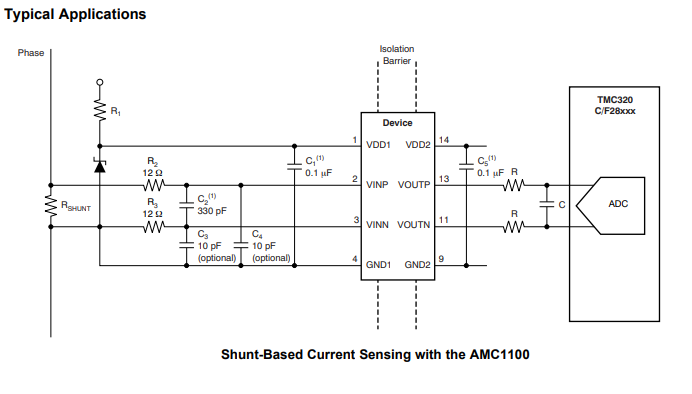Other Parts Discussed in Thread: AMC1100, , AMC1311, AMC1301, ADS131E08, MSP430FR5869
Hi,
I see the isolated power supply provides two outputs in this design: -6V_WSH and +5V_WSH, which are regulated to -5.0V_WSH, and +5.0V_WSH. The positive +5.0V_WSH is used to supply the AMC1100. But the only application of -5.0V_WSH is to limit the inputs of the AMC1100 between -5 to 5 by using DESD1P0RFW-7. Is this a true statement?
If yes, if we do not want to protect the AMC1100 in this way, then we should be able to use a cheaper design and only use one positive value (+5.0V_WSH) for the isolated power supply. Is the second statement true?
Thank you so much for your time.




